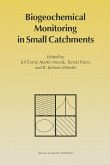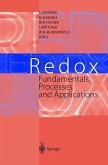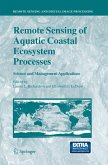Volume 16 of Advances in Microbial Ecology has a difficult history. Nearly halfway through its completion, Gwynfryn Jones had to resign as managing edi tor for health reasons, and he asked me to take over. I want to thank Gwyn for his dedicated work in this publication series, and wish him all the best for the future. After the change in editorship, some authors had to be encouraged on rather short notice to provide their chapters in order to make appearance of this volume possible within a reasonable period of time. Nonetheless, I think that the articles we present with this volume represent an enjoyable collection of up-to-date con tributions to microbial ecology. In my own understanding, microbial ecology com prises the elucidation of microbial activities in natural or semi natural environ ments, including physiology, biochemistry, population dynamics, and interactions with all the biotic and abiotic environmental conditions microbes encounter. This comprises studies on singleorganisms in defined cultures in an ecological per spective, the analysis of microbial activities in complex environments, as well as the development of concepts for the interactions of microorganisms with the world in which they live. Last but not least, microbial ecology is not an exotic science studied exclusively in remote places untouched by human beings.
Bitte wählen Sie Ihr Anliegen aus.
Rechnungen
Retourenschein anfordern
Bestellstatus
Storno








